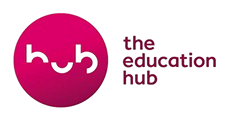Since the launch of ChatGPT at the end of 2022, generative AI has increasingly been used for teaching and learning. Some educators and educational settings have embraced it, although others have banned it. In a webinar, Hema Sridhar from Koi Tū: The Centre for Informed Futures discussed the opportunities and risks of working with these emergent technologies in schools and classrooms. Here are the key insights from the webinar.
While generative AI launched two years ago, it is actually the result of decades of effort and thinking by a diverse group of people. It draws not solely on computer science but on a number of different fields including cognitive science, human behavioural science, psychology, and philosophy. Bringing in all these different dimensions has been instrumental in terms of how AI has developed, not just in the last two or three years since Chat GPT became a household name, but since the discipline originated in the late 1970s and early 1980s.
AI is a field of computer science that focuses on creating machines and software capable of performing a range of tasks. AI is a complex system that brings together a wide range of elements, and it is important to keep this in mind when considering how to deploy AI in education, and in our everyday lives. In addition to LLMs (Large Language Models) like Chat GPT, AI also encompasses machine learning, deep learning, natural language processing, computer vision, and frontier models. AI systems can be open, so that others can use and build on the algorithms to develop their own applications, or closed, which means that we don’t really know what the algorithms within those systems are capable of.
A key learning since the advent of ChatGPT is that we have not, perhaps contrary to expectations, experienced a universal increase in productivity, although there were gains in some areas. In education, there is still great potential for productivity gains. AI tools can provide considerable administrative relief by automating and speeding up many administrative tasks. AI could be used to develop personalised learning plans and tutoring systems, provide better analytics and data-driven insights, enhance student engagement, and design teacher professional development. There are also opportunities around automating processes for things such as marking and feedback. AI might also be able to support and facilitate access and engagement for students with a range of needs, such as those are neurodivergent or who have experienced trauma. In all aspects of AI use in schools, it is important to ensure that good quality data is collected, and that ethical concerns are considered and addressed.
A key consideration in deploying generative AI within teaching and learning is the nature of the information environment. There is easy access to information since the advent of the internet, but no control over the quality, accuracy, or reliability of that information. There is also increasing polarisation in the views being expressed online, which is exacerbated by online anonymity and the tendency of algorithms to categorise users into groups according to what they look at and search for. This means that children and young people need to be explicitly taught to be discerning about what they see and read online, and to be aware that AI is drawing on a large, mostly unmoderated body of online content.
It is also important to be aware of the potential drawbacks of using AI, such as unequal access to digital devices and AI technology, privacy and ethical concerns, and the risk of creating an over-reliance on technology without students understanding the risks and limitations. Another crucial consideration is the impact of AI technologies on cognitive and social development. The way we interact with online content has manipulated our attention, changed the ways in which we interact with each other, and altered our concepts of privacy. There are also potential risks around cyberbullying and coercion, particularly in regard to deepfake technology, so children and young people need to be taught how to use available tools and mechanisms to keep themselves safe. They also need to learn to navigate both the online world and the real world, and to move between the two.
There is a lot of work currently underway in Aotearoa New Zealand on AI strategy and policy. In the meantime, when considering whether and how to use AI, it is valuable for schools to keep AI on their agenda, to consult with experts and build their knowledge, and to keep abreast of the global conversation about how AI is being and can be used.

